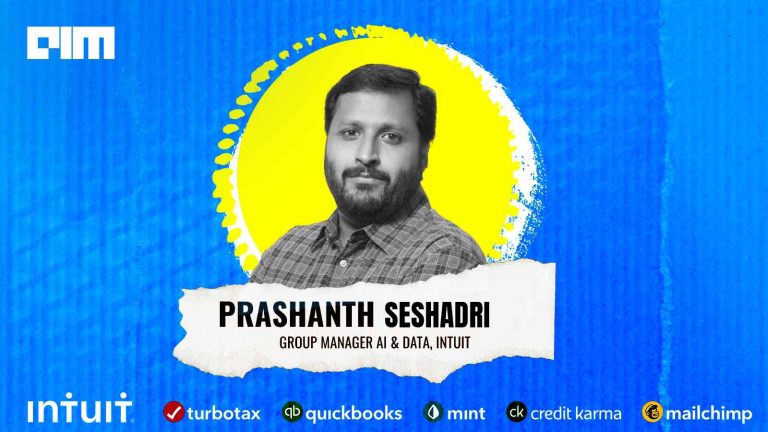Are you thinking of learning programming languages like C++, Python or R to work on machine learning projects? AutoML could save you all the time and effort.
Lately, Automated machine learning or AutoML has become a popular solution to build computer vision systems. The tech communities are awash with conversations around AutoML as to how it will change the way machine learning is done with limited or no coding knowledge.
From autonomous vehicles to handwritten text recognition, face recognition, personalised recommendations, and diagnosing from x-ray images, computer vision is transforming industries globally. However, to get started on AutoML, one needs to be familiar with data labelling and annotation techniques.
A typical machine learning model building involves gathering and preparing data, followed by choosing a model, training, evaluation, hyperparameter tuning and prediction.
However, in the case of AutoML, except for the data gathering and preparation aspect, the rest of the steps to deploy machine learning models are taken care of by the cloud service providers. That is why knowing data labelling techniques is essential.
A lot of big tech companies and startups are now eyeing the burgeoning AutoML space. Some of the tools and frameworks include Google’s Cloud AutoML, Microsoft’s Custom Vision, Amazon SageMaker Autopilot, H2O AutoML etc.
According to Research and Markets, the global AutoML market is expected to touch $15 billion market cap by 2030, from $270 million in 2019. The AutoML market is expected to grow at a CAGR of 44% during the forecast period (2020-2030), and over 65% of the AutoML market is likely to be in North America and Europe by 2030.
AutoML workflow
Today, most cloud providers’ platforms offer supervised learning — training a computer to recognise patterns from labelled data. However, it is time-consuming and expensive.
Recently, Facebook’s launched PyTorch framework-based DINO (self-supervised learning) that allows developers to train computer vision systems using random or unlabelled images or videos. Self-supervised learning is the ability of a machine to learn without manual labelling.
As far as AutoML is considered, a large majority of platforms are built for supervised learning. The below figure showcases a typical workflow of the framework.
Here is the process involved while using AutoML tools/platforms.
- Data preparation and labelling: In this stage, the images need to be labelled or annotated, which will provide the necessary supervision to train your machine learning model.
- Model training and evaluation: A process where the computer formulates an algorithm based on training images to apply on images it has never seen. It is an iterative process where you need to add data and alter the training length.
- Model deployment and inference: At this stage, you will deploy this model to receive predictions and results.
Pros & cons
Even though AutoML tools are easy to use and an excellent way to build a ‘decent’ ML model with zero or no coding knowledge, many tech experts believe it’s not ideal for real-world machine learning problems, which, typically, involves messy data collection, custom labelling or custom validation techniques.
First and foremost, these tools help create a black-box model and call for additional training or improvement for those who want to understand the framework’s backend. In that case, they will have to start from scratch — learning coding languages.
When it comes to deploying predictions, black-box models are often considered a bad idea because of trust issues.
Also, many open-source or free architectures like Facebook’s PyTorch are on par with big cloud providers and give higher accuracy and state-of-the-art predictions.
Lastly, each platform uses its proprietary API and data format, making it difficult to compare results. Once you have started using a particular AutoML framework, stick to it, and keep experimenting.




















































































